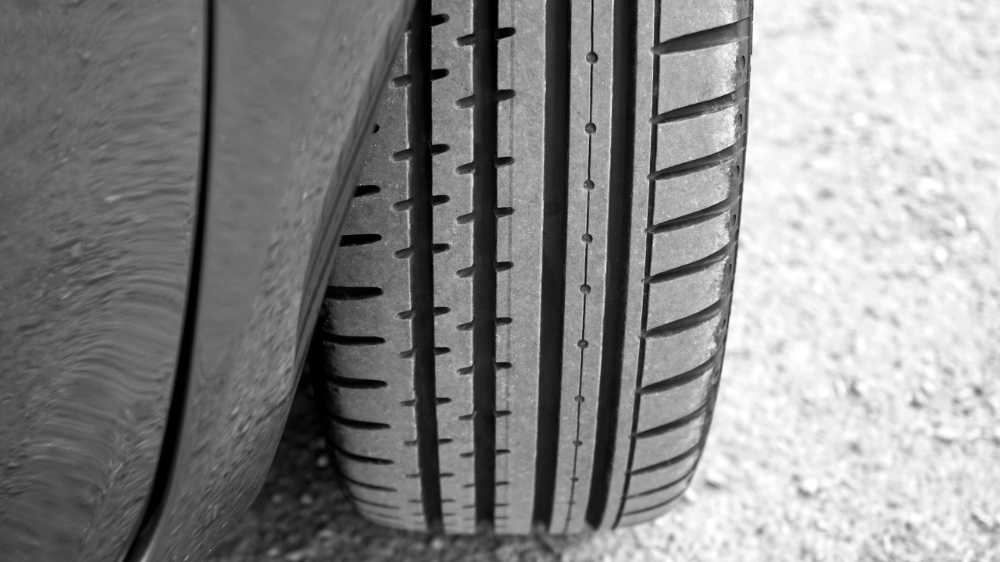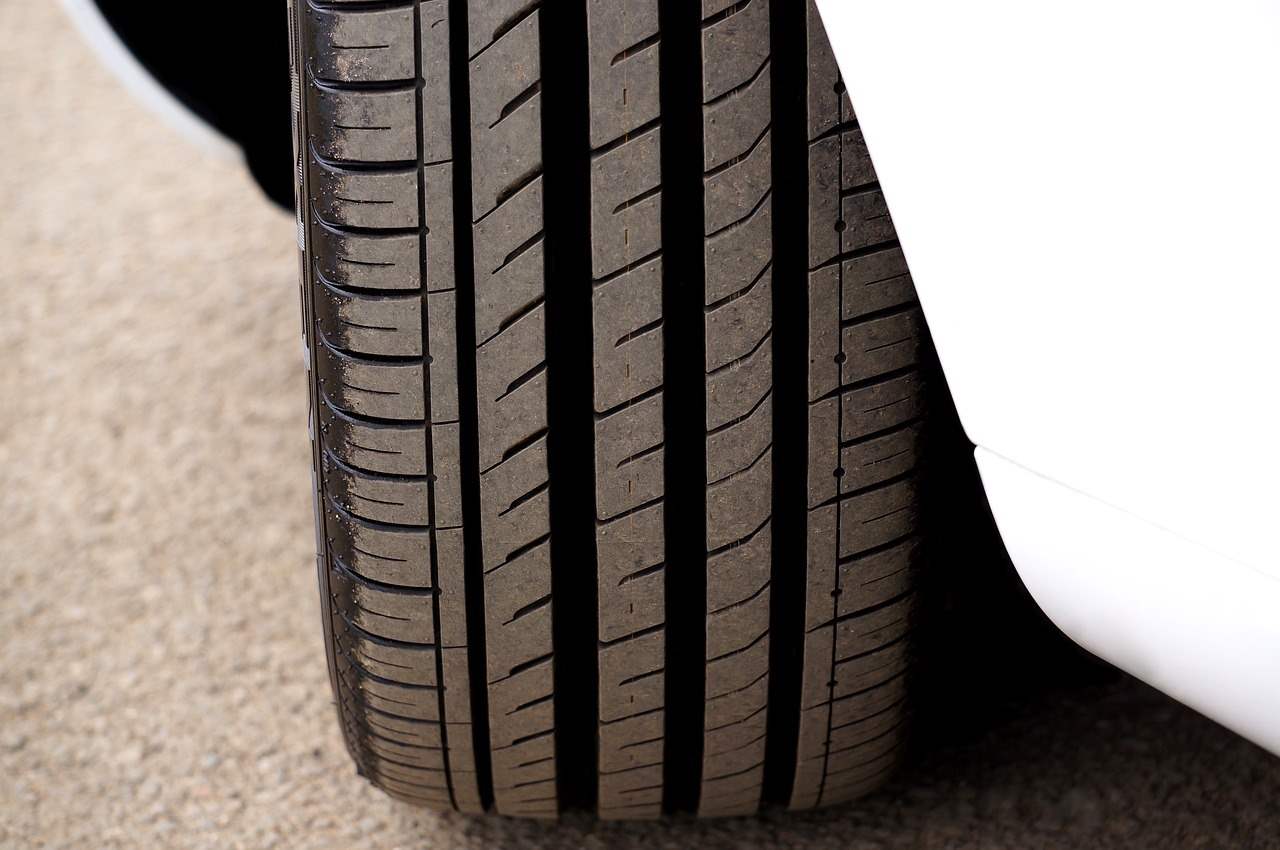Tire mounting and demounting requires specific knowledge and tools. Only trained professionals should mount and demount tires. The Rubber Manufacturers Association has established guidelines for safe demounting and mounting which are available in manuals and wall charts often displayed in professional garages where these services are provided.
Tire technicians are trained to safely demount, mount and inflate tires according to the Rubber Manufacturers Association’s procedures.
Faulty mounting or demounting can cause a mechanical failure that can result in a traffic accident, potentially causing serious injury or death. Following the proper procedures and practicing safety is essential to minimizing risks.
Instructions for Mounting and Demounting Tires
Professionals should adhere to the following steps to demount and mount tires.
- Fully deflate the tire first. Remove the valve core and then take the entire tire and wheel assembly off the vehicle.
- Separate the top bead with a bead-breaking tool.
- Place the tire on a tire changer and lubricate the top bead. Then break the top bead and remove the top bead over the rim.
- Before mounting the tire on the rim, clean and inspect the rim. If there is any damage, such as breaks, bends or cracks, do not repair them. Heating a rim can compromise its functionality and cause mechanical failure.
- Remove the valve stem and install new o-rings, caps, cores and valves for each newly mounted tire. It is essential to ensure that there is no damage to the tire during this or any step.
- Make sure the inside is clean and dry. There should be no foreign materials or dirt inside the tire. Use a lubricant to prepare the tire for mounting.
- Place the tire on the wheel and put the tire bead over the rim.
- Install a new valve core.
- Inflate the tire per the vehicle specifications. The specifications are located in the driver’s manual or the inside of the driver’s side door jamb. Use an extension hose for air insertion. Never stand over a tire when inflating but stand back and away as far as you safely can.
Find a Personal Injury Lawyer, Near Me
(855) 529-0269Safety Concerns for Tire Mounting and Demounting
The following cautions may help keep tire technicians and vehicle owners safe from tire mounting-related complications.
- Always inflate tires to the manufacturer’s specifications. Overinflated or underinflated tires can lead to tire failures and potentially result in traffic accidents.
- Do not attempt to disassemble rims while the tire is inflated.
- Don’t tap or hammer a rim assembly while the tire is inflated.
- Only replace a tire with another tire that matches the bead size. Mounting improperly sized tires can result in a tire failure.
- Do not use flammable materials to inflate a tire.
Protect Yourself against Faulty Tire Mounting and Demounting
Proper tire mounting and demounting and inflation of your tires is essential to your safety while driving your vehicle. Do not attempt to mount or demount your tires yourself.
Seek a professional’s services instead. Be sure to ask any questions if you are unsure of a professional’s qualifications. If injured by someone else’s poor tire mounting or demounting practices, you may be entitled to compensation for damages.
Chalik and Chalik can help if you are injured from a tire failure or other tire-related problems. We’ll help explore liability for your accident; the tire manufacturer or a tire service professional may be liable in the event that you experience tire failure and a related accident. Call us today at 855-529-0269 to set up a free consultation to discuss your case with an attorney.
Call or text Chalik & Chalik
(855) 529-0269






